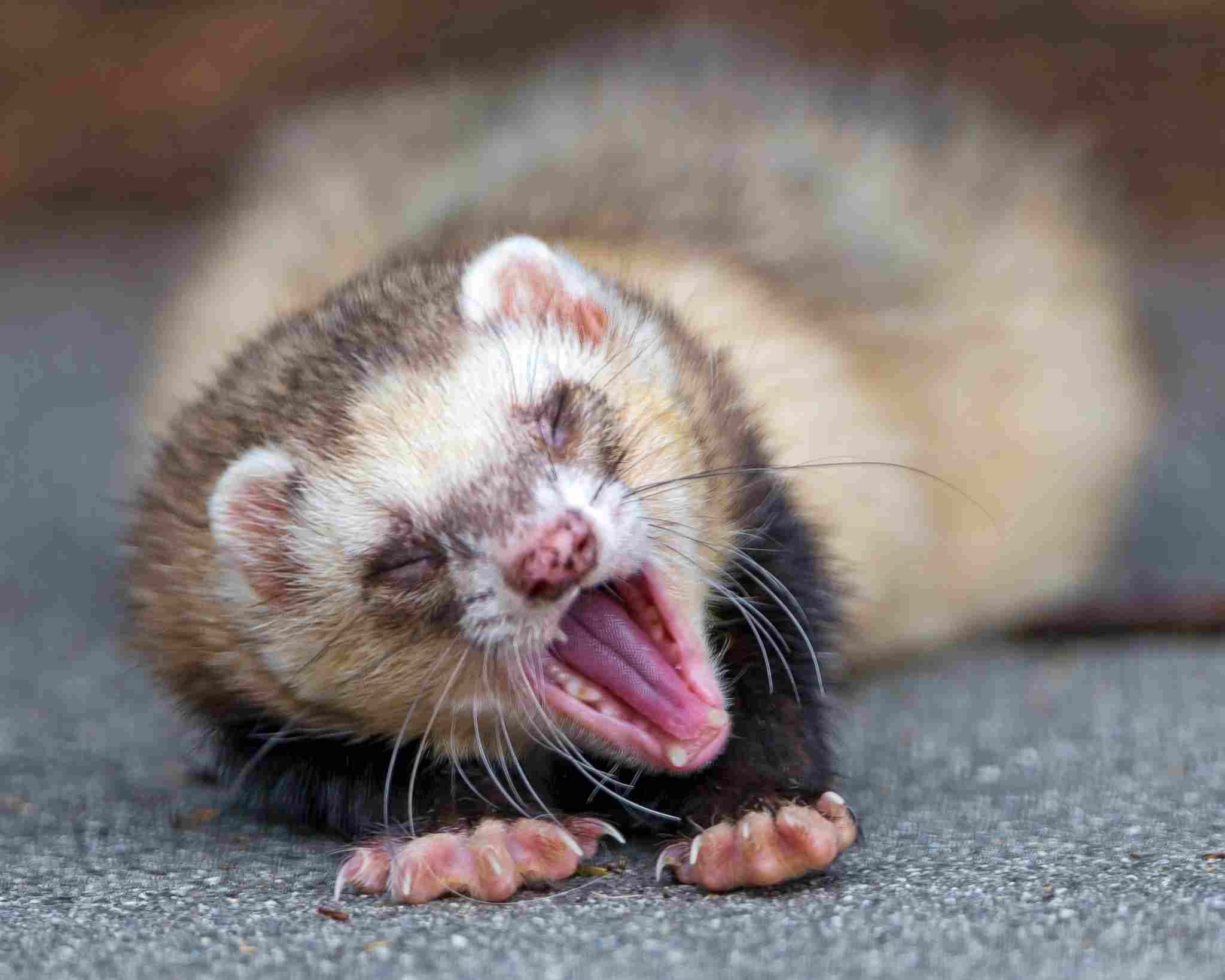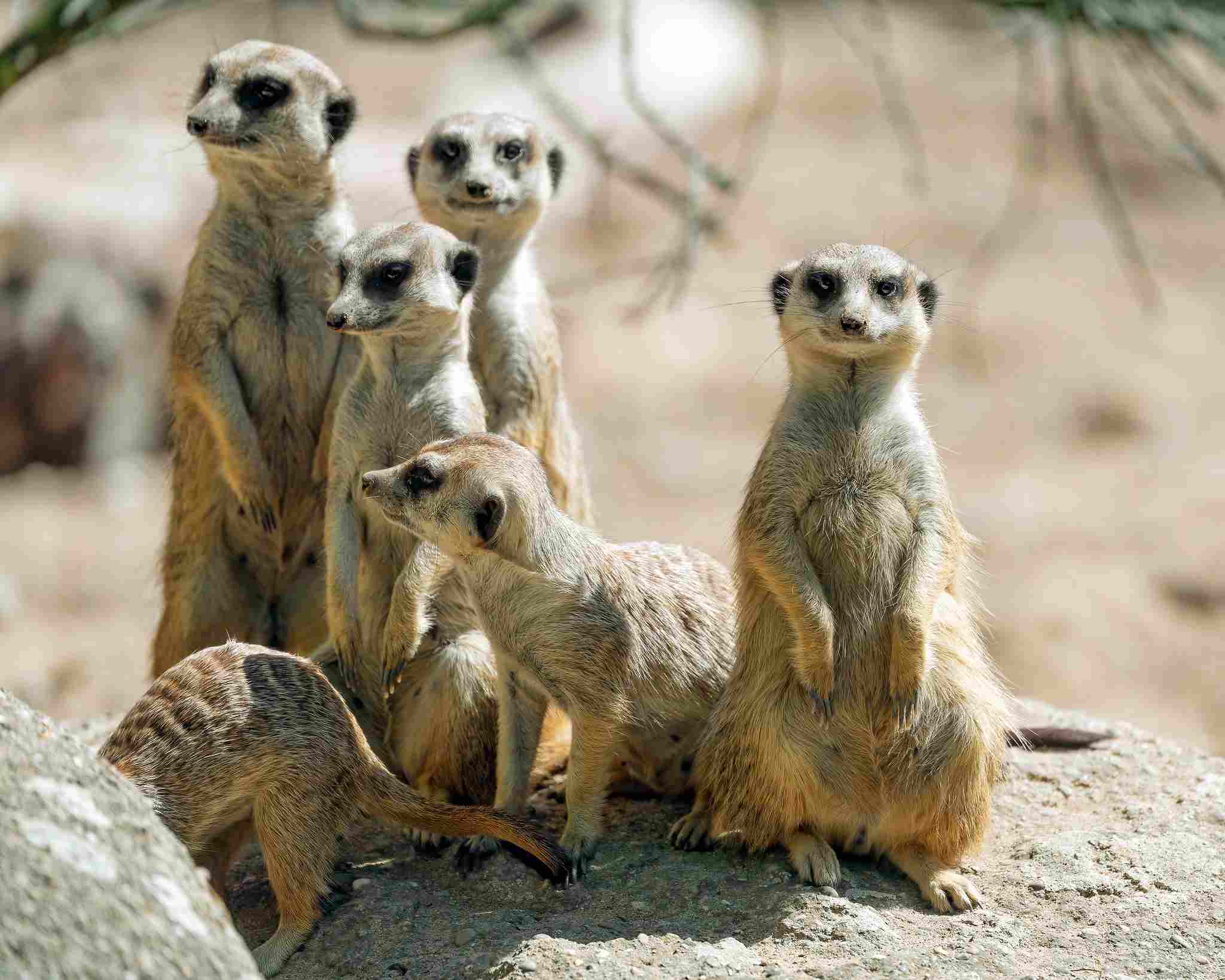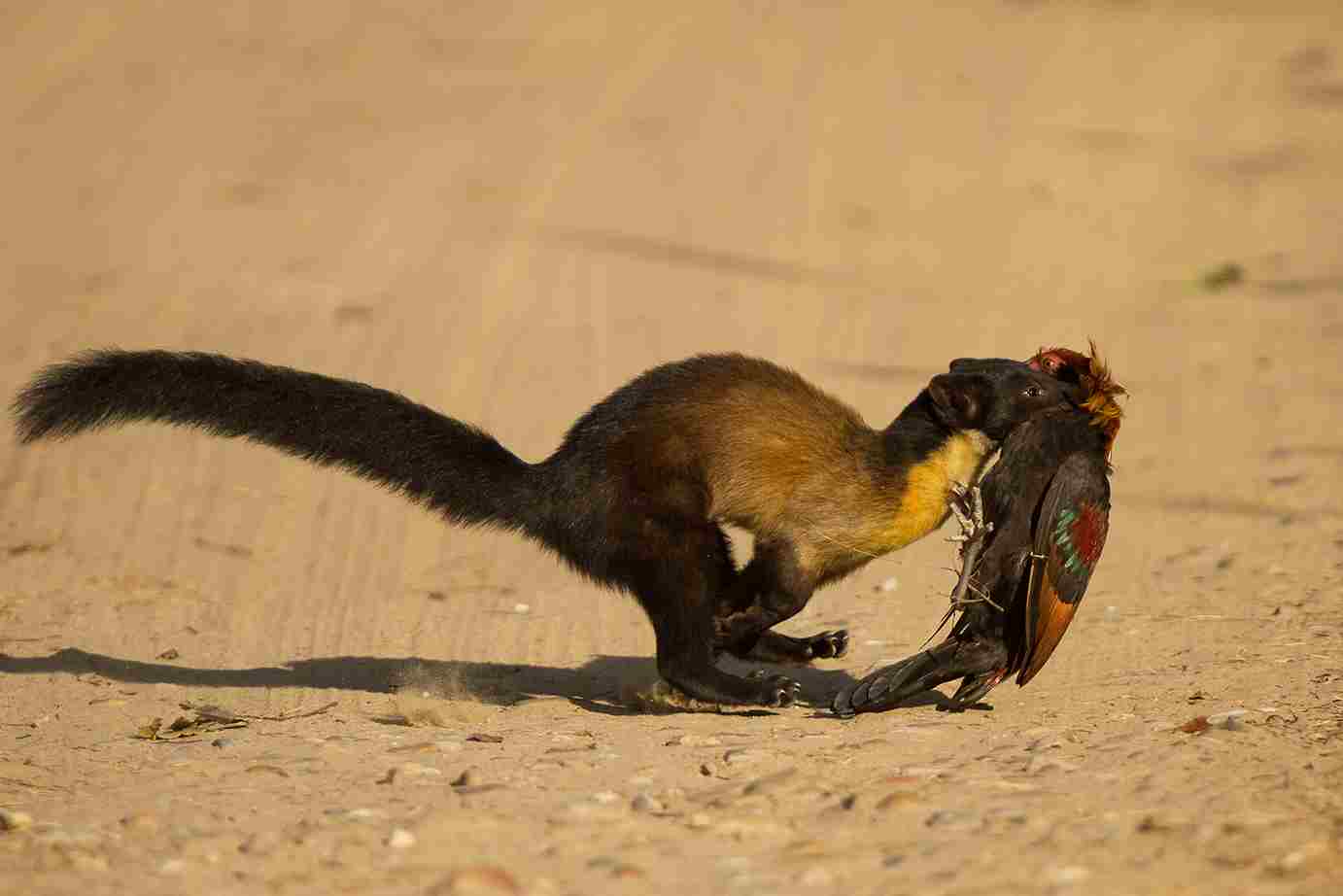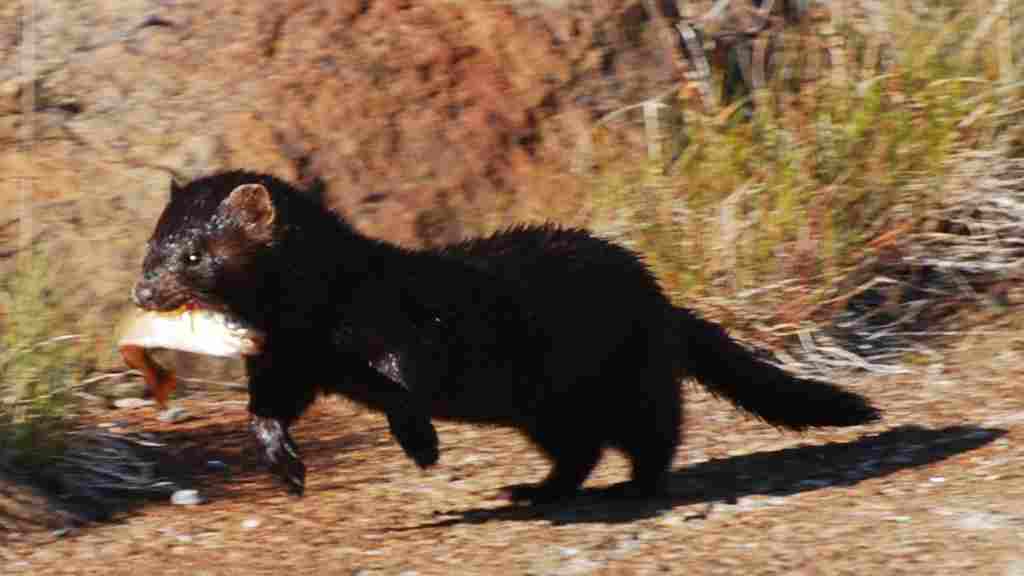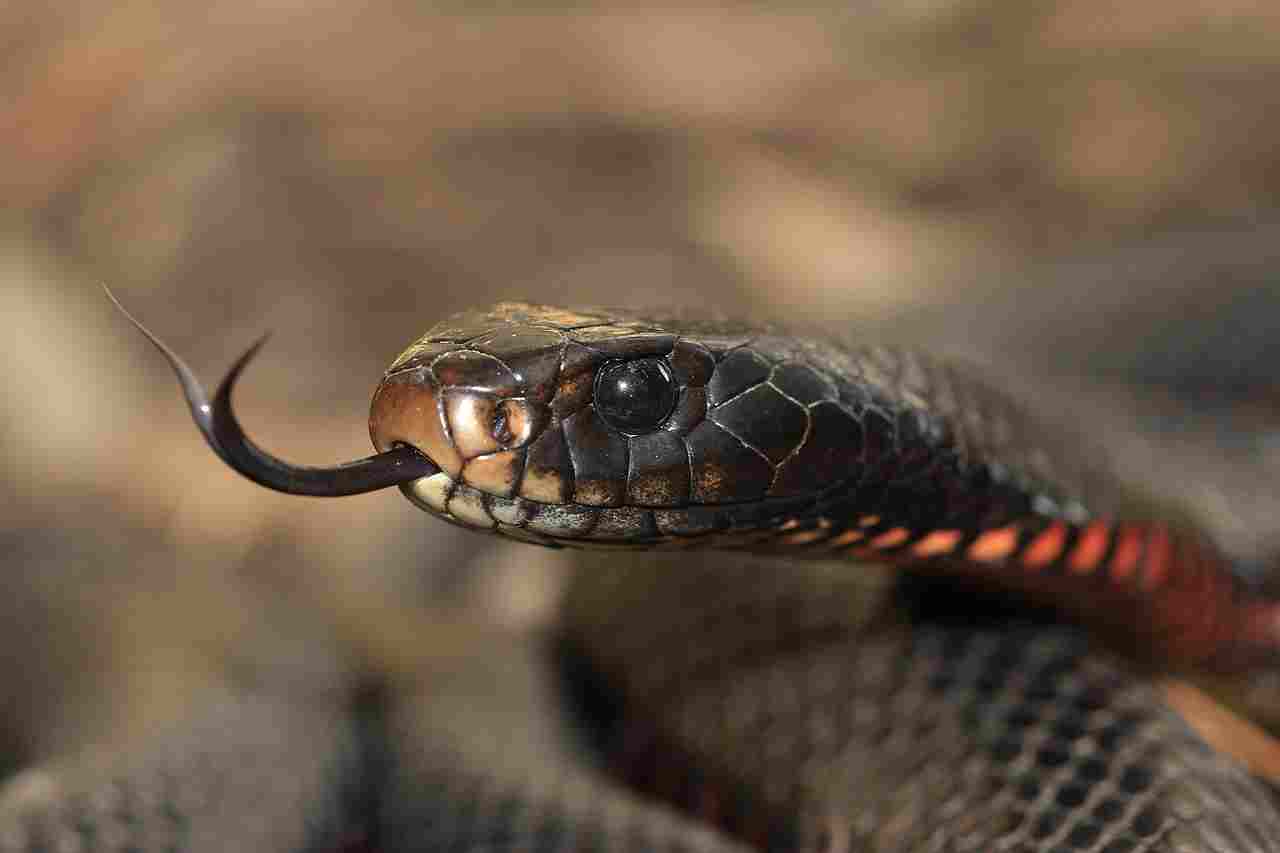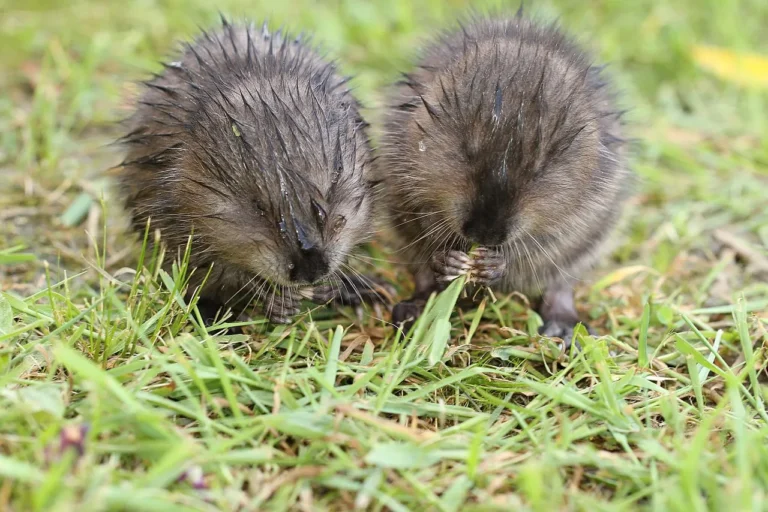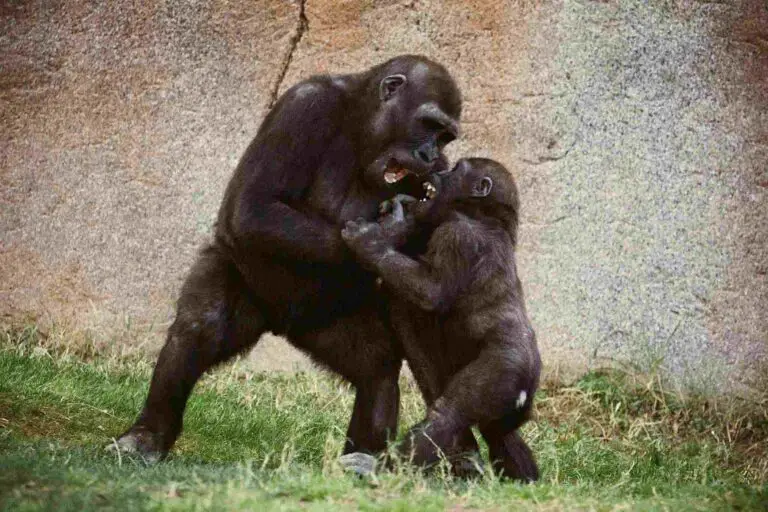Mongoose Vs Weasel Size, Weight, Overall Comparison
A confrontation between a mongoose and a weasel, two mammals that share physical resemblances but are not biologically related, presents an interesting scenario. Despite their similarities, mongooses and weasels belong to different biological families. This analysis delves into their genetic relationship, physical attributes, and behavior to speculate on the likely victor in this hypothetical scenario.
Mongoose vs Weasel: Assessing the Likely Victor in a Confrontation
In a hypothetical scenario involving a mongoose and a weasel, the mongoose is likely to emerge victorious in a fight due to its faster speed, greater agility, and more aggressive nature. While they may share physical resemblances, their genetic differences and the mongoose’s specific adaptations provide it with an advantage.
I). Genetic Relationship:
– Mongooses and weasels are not biologically related; they belong to different families. Mongooses are part of the Herpestidae family, while weasels, including species like the least weasel, belong to the Mustelidae family. Despite their external similarities, their genetic distinctions highlight their unique evolutionary paths.
II). Faster Speed:
– Mongooses are known for their exceptional speed, making them swift and agile hunters. This faster speed can be a crucial factor in a confrontation, allowing the mongoose to quickly navigate the environment and potentially outmaneuver the weasel.
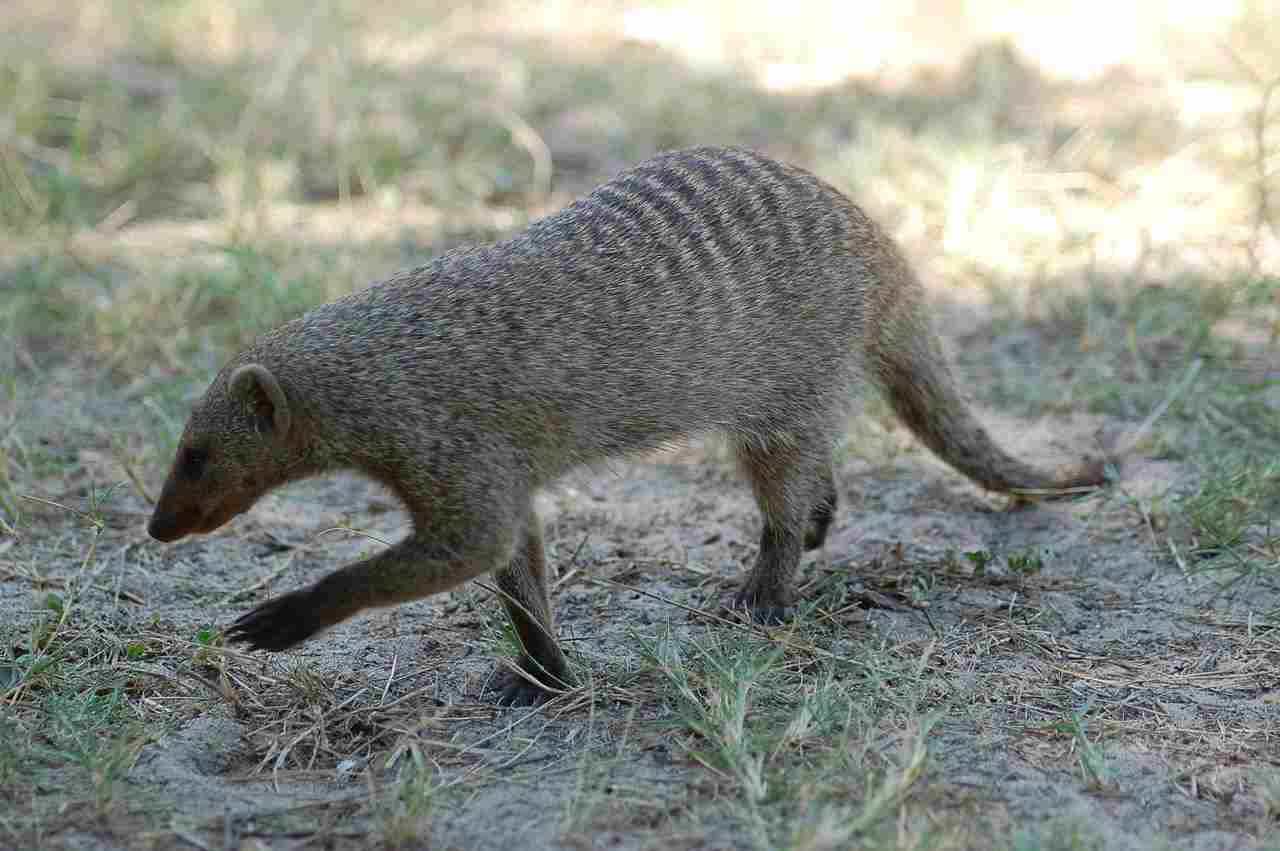
III). Greater Agility:
– Mongooses are generally more agile, a characteristic that aids them in both offense and defense. This agility allows mongooses to make rapid movements, evade attacks, and strategize effectively in confrontations.
IV). More Aggressive Nature:
– Mongooses are known for their aggressive nature, particularly when faced with threats. This aggressiveness can be a decisive factor in a confrontation with a weasel, enabling the mongoose to take control of the encounter and assert dominance.
V). Overall Dynamics:
– In this hypothetical scenario, the mongoose is likely to prevail in a fight against a weasel due to its faster speed, greater agility, and more aggressive nature. Despite their physical resemblances, the genetic differences and specific adaptations of the mongoose provide it with a decisive advantage in overcoming the weasel’s defenses and securing victory in the confrontation.
*Details of Comparison
| Criteria | Mongoose | Weasel |
| Taxonomy | Herpestidae family, various genera |
Mustelidae family, Mustela genus
|
| Appearance | Slender body, varied fur color |
Slightly elongated body, brown with white markings
|
| Size | 7 to 25 inches | 6 to 13 inches |
| Weight | 7 oz to 11 lbs | 1 oz to 8 oz |
| Bite Force (PSI) | Adapted for crushing bones |
Strong bite for subduing prey
|
| Physical Offensive Advantages | Agile, sharp claws, strong bite |
Slim body, powerful bite, exceptional speed
|
| Physical Defensive Advantages | Quick reflexes, anal gland secretions, cooperative behavior |
Evasive maneuvers, musk emission, climbing abilities
|
| Speed | 20 to 30 mph | 10 to 15 mph |
| Agility | Rapid directional changes, climbing |
Agile in confined spaces, good swimmers
|
| Overall Physical Capacity | Versatile physique, adaptability, cooperative behavior |
Specialized for burrow pursuit, exceptional agility
|
| Habitat Preference(s) | Diverse habitats, some urban adaptation |
Grasslands, woodlands, wetlands, some in tundra
|
| Tracks | Paw prints with claw marks, bounding gait |
Paw prints may lack visible claws, undulating gait
|
| Lifespan | 6 to 20 years |
Generally 2 to 4 years
|
| Mode of Feeding | Omnivorous, incl. snakes |
Carnivorous, larger prey
|
| Intelligence | Problem-solving, social intelligence |
Cunning hunting tactics
|
| Social Behavior | Some social species, cooperative behavior |
Generally solitary, territorial
|
| Mode of Reproduction | Varied strategies, gestation 49 to 77 days |
Generally solitary, gestation 35 to 65 days
|
| Parental Behavior | Cooperative breeding, shared responsibilities |
Solitary parenting, maternal care
|
| Proximity to Human-Inhabited Areas | Some adapt well to urban areas |
Generally more elusive, avoidant
|
| Behavior Toward Humans | Variability, some tolerance in urban species |
Typically elusive, defensive if cornered
|
| Danger Posed to Humans | Generally not dangerous, some species may bite |
Rarely pose significant threats
|
| Associated Precautions |
Similar precautions for both, emphasizing respect for their wild nature
|
|
| Conservation Status | Varies by species within each group |
Varies by species within each group
|
Key Points
- Both mongoose and weasel belong to Carnivora, sharing carnivorous diets.
- Differences in social behavior, adaptability to urban areas, and varied conservation statuses.
- Mongoose generally has a more diverse diet, including snakes.
- Mongooses tend to be more adaptable to urban environments.
- Weasels are generally smaller and more elusive, adapted to burrow pursuit.
- Both exhibit defensive behaviors but are not considered highly dangerous to humans.
- Conservation statuses vary, emphasizing the need for targeted conservation efforts.
1. Taxonomy:
Mongoose:
Order: Carnivora
Family: Herpestidae
Subfamilies: Herpestinae, Mungotinae, and Galidiinae
Genus: Various (e.g., Herpestes, Galerella, and Atilax)
Species: Multiple species within the genera
Weasel:
Order: Carnivora
Family: Mustelidae
Subfamily: Mustelinae
Genus: Mustela
Species: Multiple species within the genus
2. Appearance:
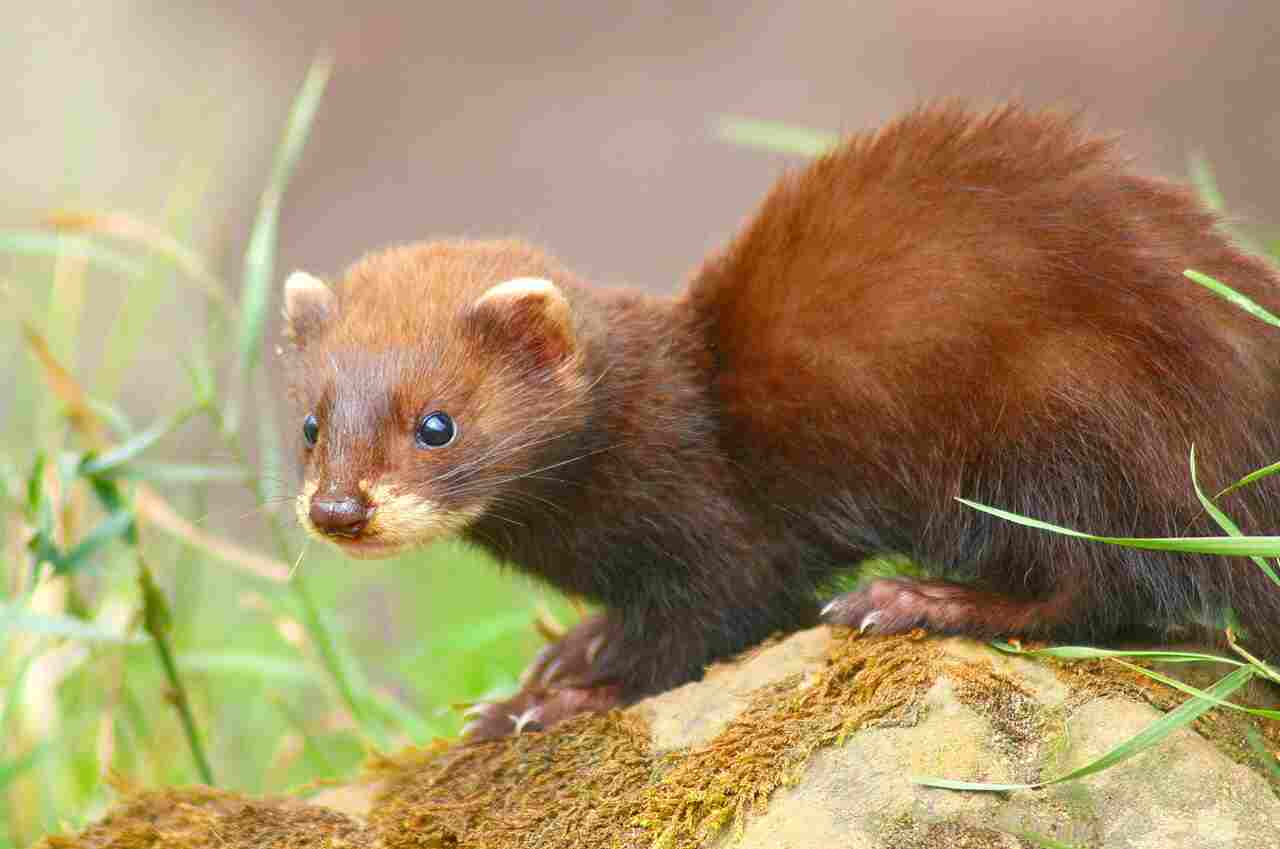
Mongoose:
Slender, elongated body with a pointed snout.
Fur color varies across species, commonly brown or gray.
Sharp claws for digging and climbing.
Weasel:
Slightly elongated body, long neck, and short legs.
Typically brown with a white underbelly and facial markings.
Well-adapted for squeezing into burrows and tight spaces.
Comparison: Mongoose and weasel share a similar body shape but differ in fur color and specific adaptations, with mongooses often displaying a more varied coat.
Ecological Implications: These adaptations contribute to their efficiency in hunting and navigating diverse environments, highlighting their roles as predators within their respective ecosystems.
3. Size:
Mongoose:
Varies by species, but generally, length ranges from 7 to 25 inches (18 to 64 cm).
Tail length adds an additional 6 to 21 inches (15 to 53 cm).
Weasel:
Sizes vary between species, with lengths typically ranging from 6 to 13 inches (15 to 33 cm).
Tail length varies but is generally shorter than the mongoose.
Comparison: While there is overlap in size range, mongoose species tend to exhibit a broader size spectrum compared to the generally smaller-sized weasels.
Ecological Implications: Size influences their prey selection and competition with other predators, impacting the overall balance within their ecosystems.
4. Weight:
Mongoose:
Weight varies widely among species, ranging from 7 ounces to 11 pounds (200 grams to 5 kg).
Weasel:
Generally lighter than mongooses, with weights ranging from 1 to 8 ounces (30 to 227 grams).
Comparison: Mongooses, on average, are larger and heavier than weasels, contributing to differences in hunting strategies and prey preferences.
Ecological Implications: Weight influences the energy requirements, hunting techniques, and ecological niches occupied by these carnivores within their habitats.
5. Bite Force (PSI):
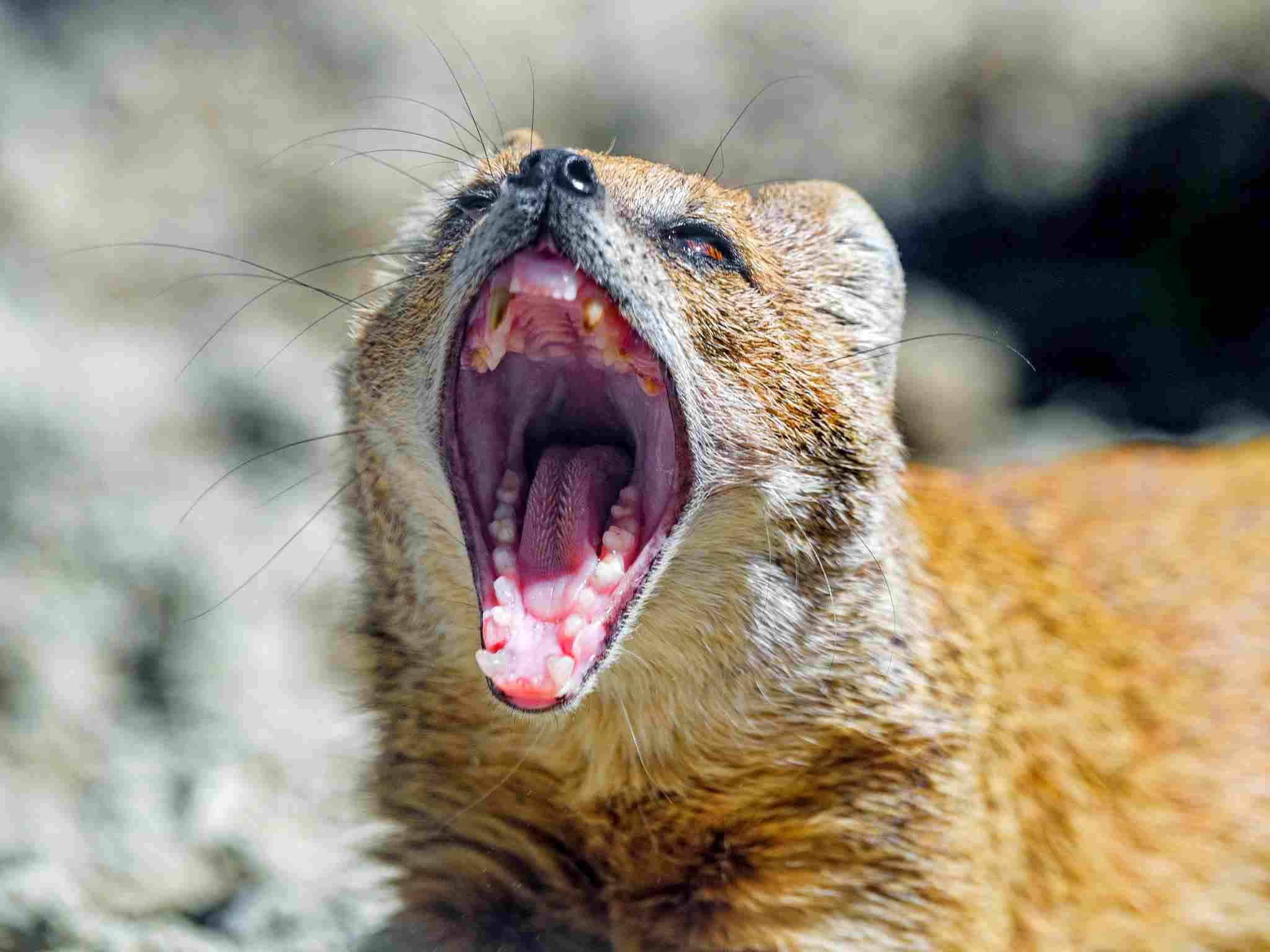
Mongoose:
Bite force varies among species but is generally adapted for crushing bones and shells.
Weasel:
Possesses a strong bite force, crucial for subduing prey.
Comparison: While both have potent bites, the mongoose’s bite may be more specialized for accessing a variety of food sources, including hard-shelled invertebrates.
Ecological Implications: Bite force directly affects their ability to consume and process different types of prey, influencing their ecological roles within ecosystems.
6. Physical Offensive Advantages:
Mongoose:
Agile and quick movements aid in ambushing prey.
Sharp claws and strong bite for effective hunting.
Adaptability in attacking a variety of prey sizes.
Weasel:
Slim body and agility for pursuing prey into burrows.
Powerful bite and sharp teeth for subduing prey.
Exceptional speed in short bursts.
Comparison: Both mongoose and weasel exhibit offensive adaptations, but their specific advantages vary, with mongooses excelling in adaptability, and weasels in pursuing prey into confined spaces.
Ecological Implications: These offensive traits contribute to their roles as effective predators, influencing prey selection and competition with other species in their ecosystems.
7. Physical Defensive Advantages:
Mongoose:
Quick reflexes and agility to evade predators.
Can emit anal gland secretions for defense.
Cooperative behaviors within groups enhance collective defense.
Weasel:
Fierce temperament and evasive maneuvers.
Capable of emitting a strong-smelling musk for defense.
Excellent climbing abilities to escape threats.
Comparison: Both mongoose and weasel possess defensive strategies, with mongooses relying on cooperation and weasels on individual evasive tactics.
Ecological Implications: Their defensive capabilities impact interactions with larger predators and contribute to their overall survival within diverse habitats.
8. Speed (Km/hour or Mile/hour):
Mongoose:
Generally capable of reaching speeds between 20 to 30 mph (32 to 48 km/h).
Weasel:
Can achieve speeds of 10 to 15 mph (16 to 24 km/h).
Comparison: Mongooses are generally faster than weasels, likely reflecting differences in hunting strategies and escape mechanisms.
Ecological Implications: Speed is crucial for both catching prey and evading predators, influencing their roles in maintaining ecological balance.
9. Agility:
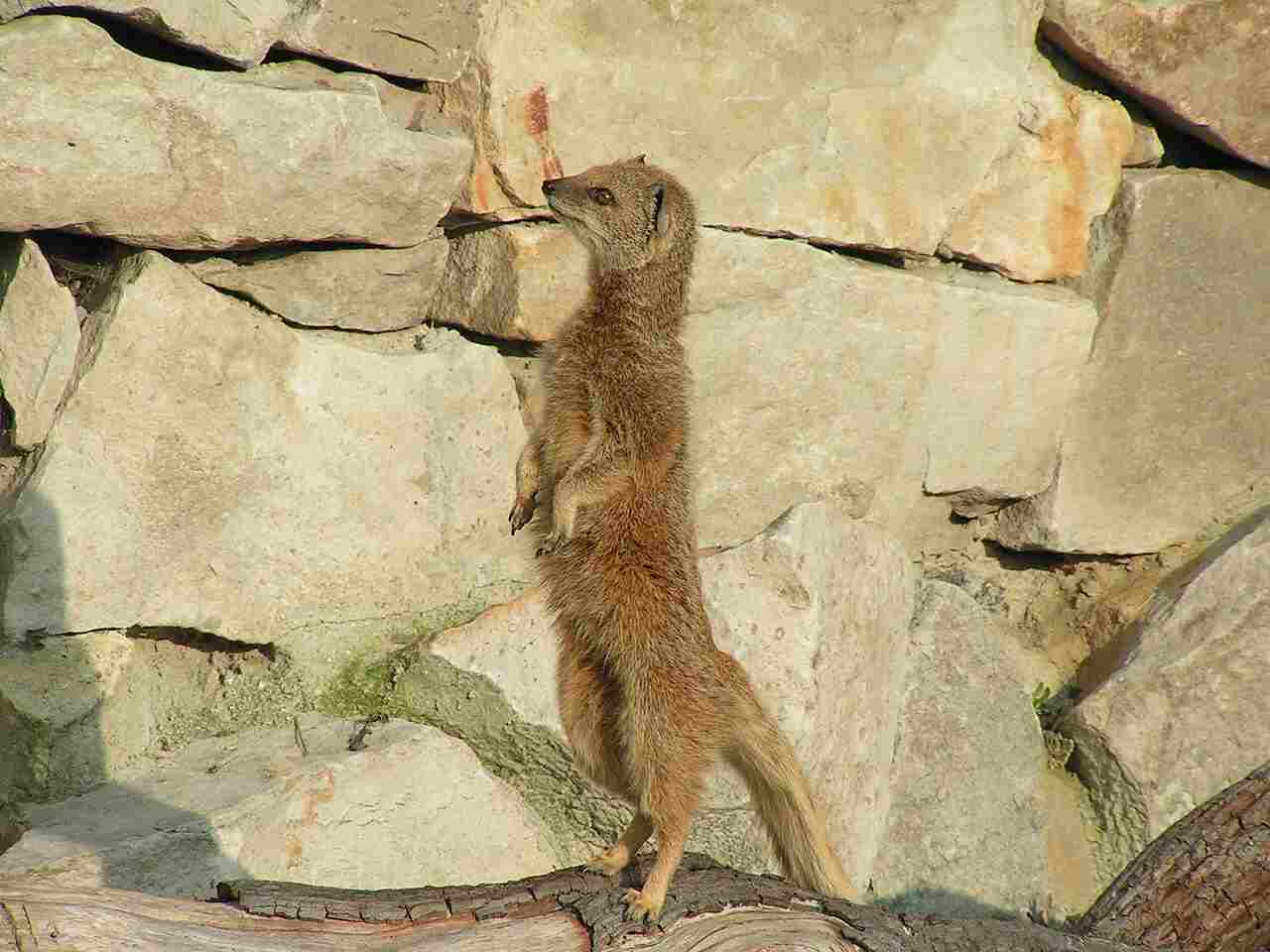
Mongoose:
Highly agile, with the ability to change direction rapidly.
Climbing skills aid in accessing varied habitats.
Weasel:
Exceptionally agile, especially in confined spaces.
Agile swimmers, allowing them to pursue prey in aquatic environments.
Comparison: Both mongoose and weasel exhibit high agility, but their specific adaptations differ, with mongooses excelling in climbing and weasels in navigating burrows and water.
Ecological Implications: Agility contributes to their effectiveness as hunters and helps them exploit diverse ecological niches within their habitats.
10. Overall Physical Capacity:
Mongoose:
Possesses a versatile physique suitable for different hunting techniques.
Adaptability in various terrains due to agility and climbing abilities.
Cooperative behavior within groups enhances overall effectiveness.
Weasel:
Specialized for pursuing prey into burrows with a slender body.
Exceptional agility in confined spaces.
Swift runners with an ability to make rapid directional changes.
Comparison: While both mongoose and weasel display overall physical prowess, the mongoose’s adaptability and cooperative behavior contrast with the weasel’s specialized abilities in burrow pursuit.
Ecological Implications: Their overall physical capacities impact their roles as predators, affecting their influence on prey populations and interactions with other species.
11. Habitat Preference(s):
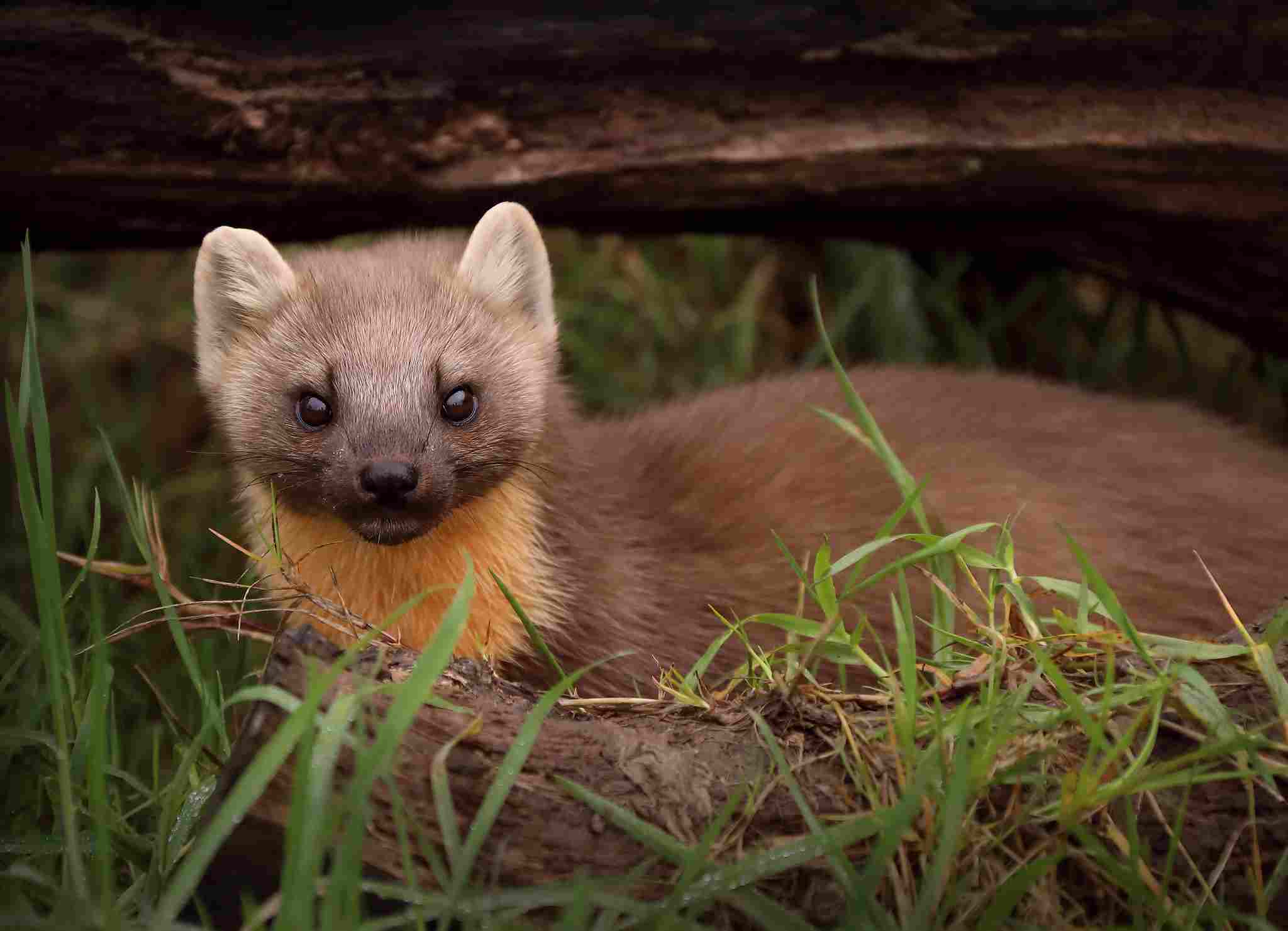
Mongoose:
Diverse habitats including grasslands, forests, and semi-arid regions.
Some species adapt well to urban environments.
Weasel:
Varied habitats, including grasslands, woodlands, and wetlands.
Adaptability to colder environments, with some species found in tundra regions.
Comparison: Both mongoose and weasel exhibit adaptability to diverse habitats, but their specific preferences may vary based on species.
Ecological Implications: Their habitat preferences influence their interactions with other species and their impact on local ecosystems.
12. Tracks:
Mongoose:
Paw prints typically show claw marks.
Tracks may indicate a bounding or galloping gait.
Weasel:
Paw prints may lack visible claw marks.
Tracks may reveal a more undulating or bounding pattern.
Comparison: Distinctive track features help differentiate mongoose and weasel prints, with differences in claw visibility and gait patterns.
Ecological Implications: Tracking these species aids in monitoring their presence in specific habitats and understanding their movement patterns.
13. Lifespan:
Mongoose:
Lifespan varies among species, typically ranging from 6 to 20 years in captivity.
Weasel:
Generally shorter lifespan, with most species living 2 to 4 years in the wild.
Comparison: Mongooses tend to have longer lifespans compared to weasels, impacting their reproductive strategies and population dynamics.
Ecological Implications: Lifespan influences the turnover rate of these carnivores within ecosystems, affecting their roles in maintaining ecological balance.
14. Mode of Feeding:
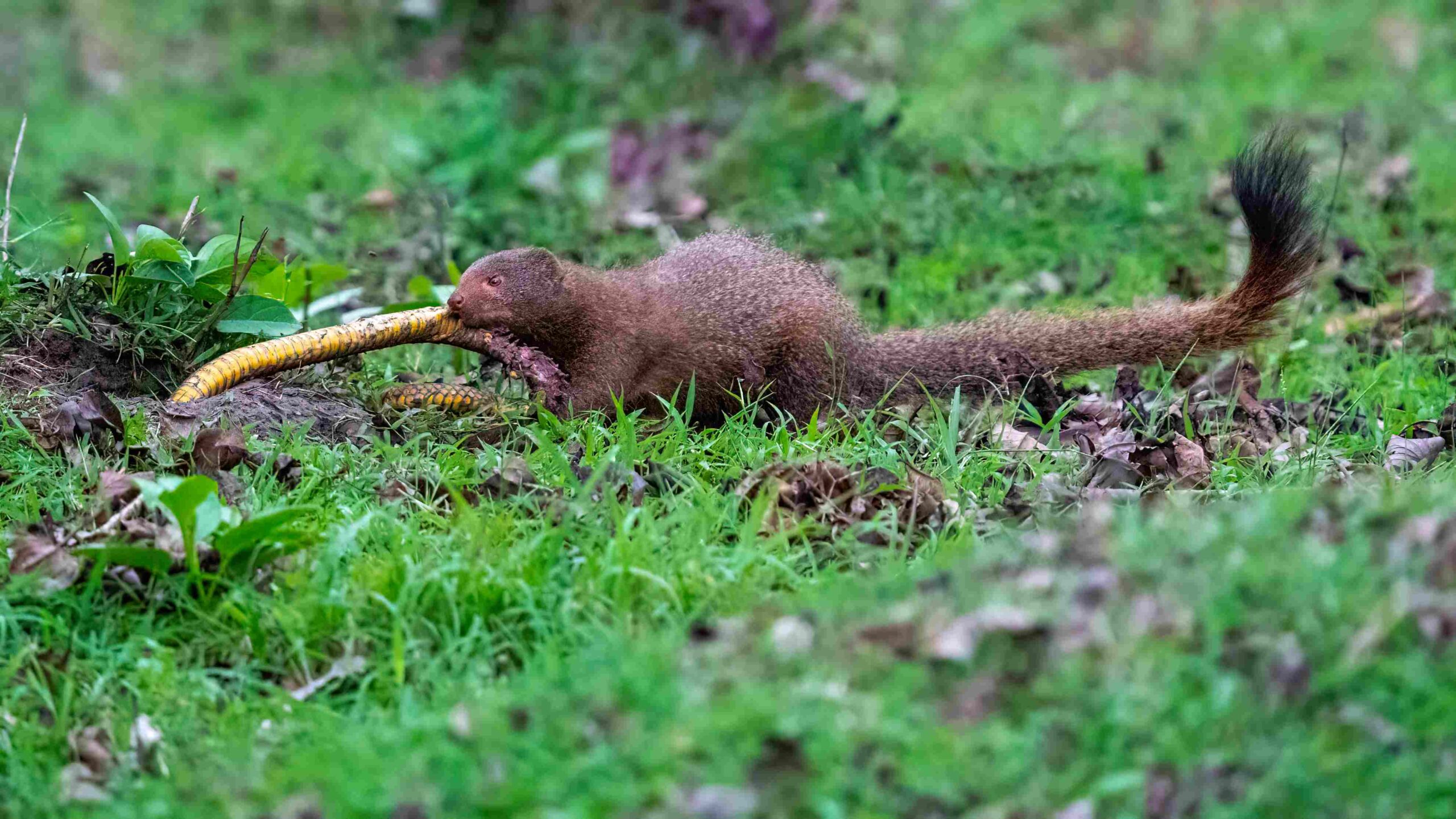
Mongoose:
Omnivorous diet, including insects, small mammals, birds, and fruits.
Some species adept at killing venomous snakes.
Weasel:
Carnivorous diet, primarily consisting of small mammals, birds, and eggs.
Known for hunting prey larger than themselves.
Comparison: While both are carnivores, mongooses exhibit a more diverse diet, including plant matter and specialized skills for dealing with venomous snakes.
Ecological Implications: Their feeding habits contribute to controlling prey populations and influencing the dynamics of local ecosystems.
15. Intelligence:
Mongoose:
Exhibit problem-solving abilities.
Cooperative behavior within social groups reflects a level of social intelligence.
Weasel:
Display cunning hunting tactics.
Solitary nature may indicate individualistic problem-solving.
Comparison: Both mongoose and weasel showcase intelligence, with mongooses emphasizing social cooperation and weasels demonstrating individual cunning.
Ecological Implications: Intelligence plays a role in their adaptability, hunting strategies, and interactions with other species within their ecosystems.
16. Social Behavior:
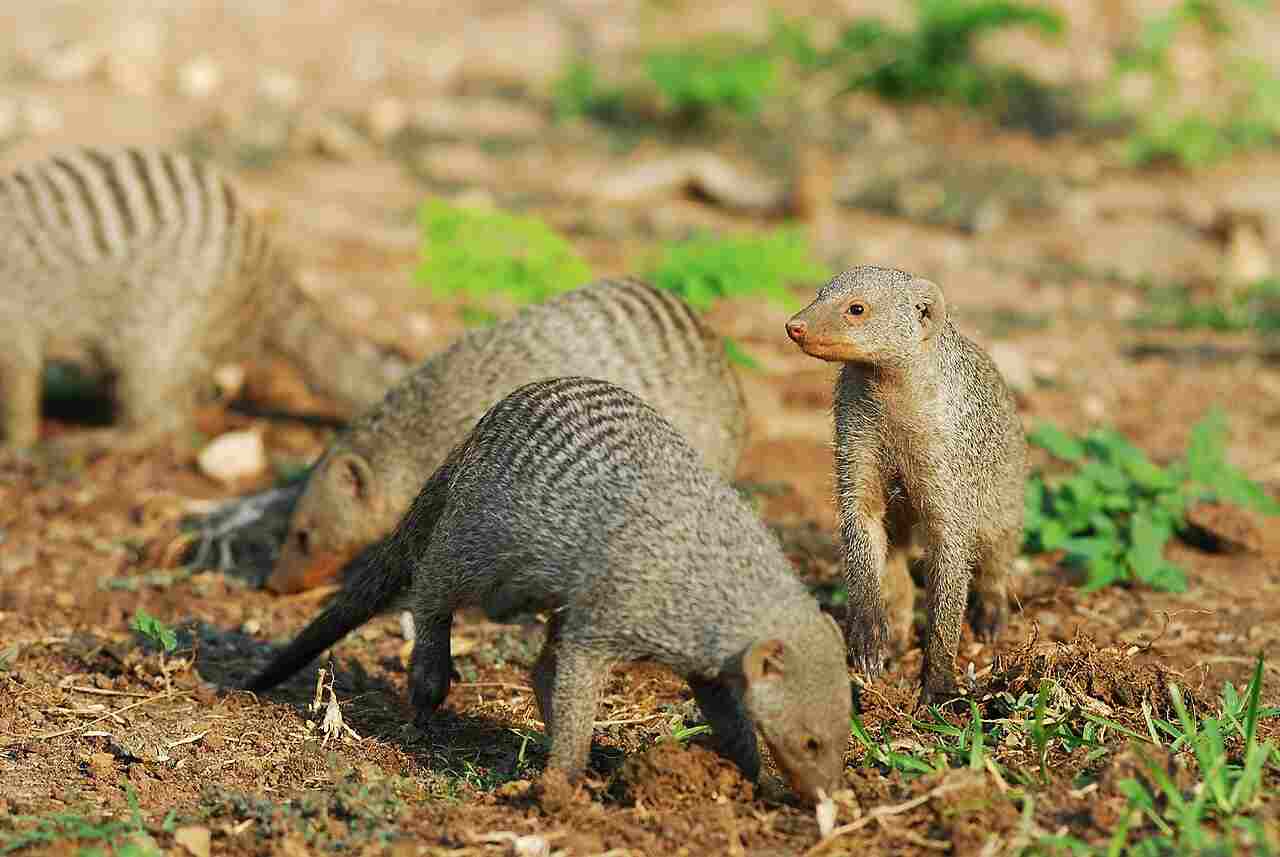
Mongoose:
Some species display social behavior, living in groups called colonies.
Cooperative hunting and protection of the group’s territory.
Weasel:
Generally solitary animals.
Territorial behavior, with limited social interactions outside of mating.
Comparison: Mongooses are more prone to social living, fostering cooperative behaviors, whereas weasels are typically solitary with territorial tendencies.
Ecological Implications: Social dynamics impact their roles in predation, competition, and overall ecosystem balance.
17. Mode of Reproduction:
Mongoose:
Varied reproductive strategies, with some species exhibiting monogamy and others polygamy.
Gestation period ranges from 49 to 77 days.
Weasel:
Generally solitary in reproduction.
Gestation periods vary but are usually shorter than mongooses, ranging from 35 to 65 days.
Comparison: Reproductive strategies differ, with mongooses displaying more variation in social structures compared to the predominantly solitary weasels.
Ecological Implications: Reproductive behaviors impact population dynamics, genetic diversity, and overall species distribution within ecosystems.
18. Parental Behavior:
Mongoose:
Cooperative breeding in social species, with multiple individuals contributing to offspring care.
Shared responsibilities for protection, feeding, and teaching young.
Weasel:
Generally solitary in parenting, with the female responsible for raising and protecting the offspring.
Limited parental care beyond nursing and protection.
Comparison: Mongooses exhibit cooperative parental care, distributing responsibilities among group members, while weasels primarily rely on solitary maternal care.
Ecological Implications: Parental behavior influences the survival rates of offspring and contributes to the overall stability of the population within their ecosystems.
19. Proximity to Human-Inhabited Areas:
Mongoose:
Some species adapt well to urban environments, coexisting with humans.
May benefit from human presence by scavenging on human food waste.
Weasel:
Generally more elusive and less adapted to urban areas.
Tend to avoid close proximity to human settlements.
Comparison: Mongooses, in certain species, are more adaptable to human-inhabited areas compared to weasels.
Ecological Implications: The ability to coexist with humans influences their exposure to anthropogenic impacts and may affect their ecological roles.
20. Behavior Toward Humans:
Mongoose:
Variability in behavior, with some species displaying caution or fear towards humans.
Urban-adapted species may show increased tolerance.
Weasel:
Typically elusive and avoidant of human interaction.
May display defensive behavior if cornered.
Comparison: While both may exhibit caution, mongooses, especially urban-adapted species, may be more tolerant or even benefit from human presence compared to weasels.
Ecological Implications: Behavior towards humans affects potential conflicts and interactions, influencing their roles within human-altered environments.
21. Danger Posed to Humans:
Mongoose:
Generally not considered dangerous to humans.
Some species may bite if threatened but are not venomous.
Weasel:
Rarely pose a threat to humans.
Defensive behaviors may include biting or emitting musk, but injuries are typically minor.
Comparison: Neither mongoose nor weasel is known for posing significant dangers to humans.
Ecological Implications: Limited danger to humans reduces the likelihood of conflict and human intervention in their natural behaviors within ecosystems.
22. Associated Precautions:
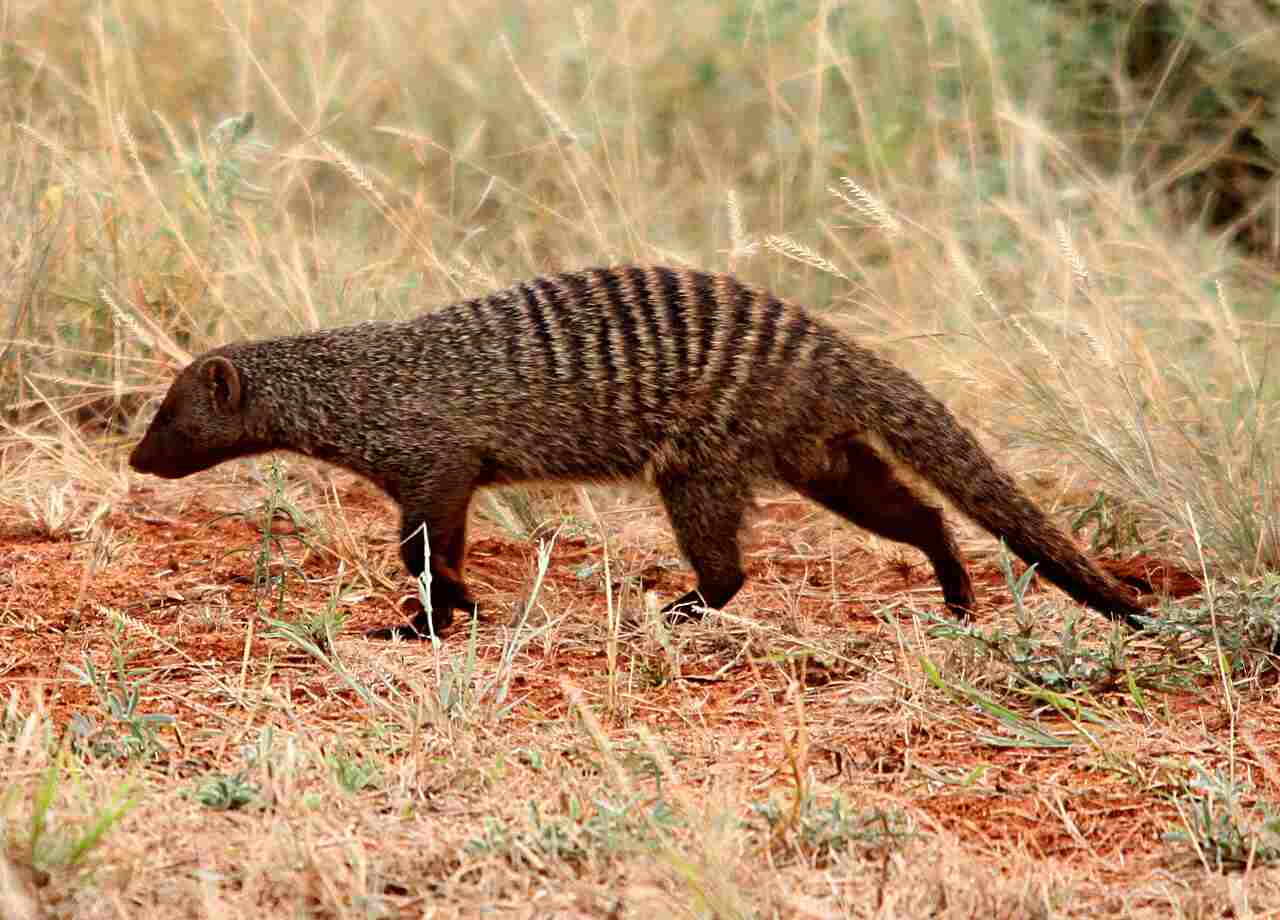
Mongoose:
Caution advised when encountering wild mongooses, especially if displaying defensive behavior.
Avoid feeding, as it may alter their natural behaviors.
Weasel:
Recommended to observe from a distance, especially if displaying defensive behavior.
Avoid attempts to handle or approach weasels in the wild.
Comparison: Precautions are similar for both mongoose and weasel encounters, emphasizing the importance of respecting their wild nature.
Ecological Implications: Human interactions should prioritize the safety of both the animals and humans, minimizing disruptions to their natural behaviors.
23. Conservation Status:
Mongoose:
Conservation status varies by species.
Some face threats due to habitat loss, while others are listed as least concern.
Weasel:
Conservation status varies, with some species facing threats like habitat loss and fragmentation.
Specific populations may be at risk, warranting conservation attention.
Comparison: Conservation statuses vary for both mongoose and weasel species, emphasizing the need for targeted conservation efforts based on individual species’ circumstances.
Ecological Implications: Understanding their conservation statuses helps inform efforts to protect their habitats and ensure their roles within ecosystems are maintained.
Mongoose vs. Weasel Comparison Summary:
1. Taxonomy:
Mongoose: Herpestidae family, various genera.
Weasel: Mustelidae family, Mustela genus.
2. Appearance:
Mongoose: Slender body, varied fur color.
Weasel: Slightly elongated body, brown with white markings.
3. Size:
Mongoose: 7 to 25 inches.
Weasel: 6 to 13 inches.
4. Weight:
Mongoose: 7 ounces to 11 pounds.
Weasel: 1 to 8 ounces.
5. Bite Force (PSI):
Mongoose: Adapted for crushing bones.
Weasel: Strong bite for subduing prey.
6. Physical Offensive Advantages:
Mongoose: Agile, sharp claws, strong bite.
Weasel: Slim body, powerful bite, exceptional speed.
7. Physical Defensive Advantages:
Mongoose: Quick reflexes, anal gland secretions, cooperative behavior.
Weasel: Evasive maneuvers, musk emission, climbing abilities.
8. Speed:
Mongoose: 20 to 30 mph.
Weasel: 10 to 15 mph.
9. Agility:
Mongoose: Rapid directional changes, climbing.
Weasel: Agile in confined spaces, good swimmers.
10. Overall Physical Capacity:
Mongoose: Versatile physique, adaptability, cooperative behavior.
Weasel: Specialized for burrow pursuit, exceptional agility.
11. Habitat Preference(s):
Mongoose: Diverse habitats, some urban adaptation.
Weasel: Grasslands, woodlands, wetlands, some in tundra.
12. Tracks:
Mongoose: Paw prints with claw marks, bounding gait.
Weasel: Paw prints may lack visible claws, undulating gait.
13. Lifespan:
Mongoose: 6 to 20 years.
Weasel: Generally 2 to 4 years.
14. Mode of Feeding:
Mongoose: Omnivorous, incl. snakes.
Weasel: Carnivorous, larger prey.
15. Intelligence:
Mongoose: Problem-solving, social intelligence.
Weasel: Cunning hunting tactics.
16. Social Behavior:
Mongoose: Some social species, cooperative behavior.
Weasel: Generally solitary, territorial.
17. Mode of Reproduction:
Mongoose: Varied strategies, gestation 49 to 77 days.
Weasel: Generally solitary, gestation 35 to 65 days.
18. Parental Behavior:
Mongoose: Cooperative breeding, shared responsibilities.
Weasel: Solitary parenting, maternal care.
19. Proximity to Human-Inhabited Areas:
Mongoose: Some adapt well to urban areas.
Weasel: Generally more elusive, avoidant.
20. Behavior Toward Humans:
Mongoose: Variability, some tolerance in urban species.
Weasel: Typically elusive, defensive if cornered.
21. Danger Posed to Humans:
Mongoose: Generally not dangerous, some species may bite.
Weasel: Rarely pose significant threats.
22. Associated Precautions:
Similar precautions for both, emphasizing respect for their wild nature.
23. Conservation Status:
Varies by species within each group, highlighting the need for targeted conservation efforts.
Conclusion:
I). Similarities:
Both mongoose and weasel belong to the order Carnivora.
They exhibit carnivorous diets, with adaptations for hunting small mammals and birds.
While exhibiting defensive behaviors, neither is considered highly dangerous to humans.
II). Differences:
Mongooses often display social behaviors and cooperative breeding, while weasels are generally solitary.
Mongoose species may adapt well to urban environments, whereas weasels are typically more elusive in human-inhabited areas.
Conservation statuses vary among species within each group, emphasizing the importance of targeted conservation efforts.
